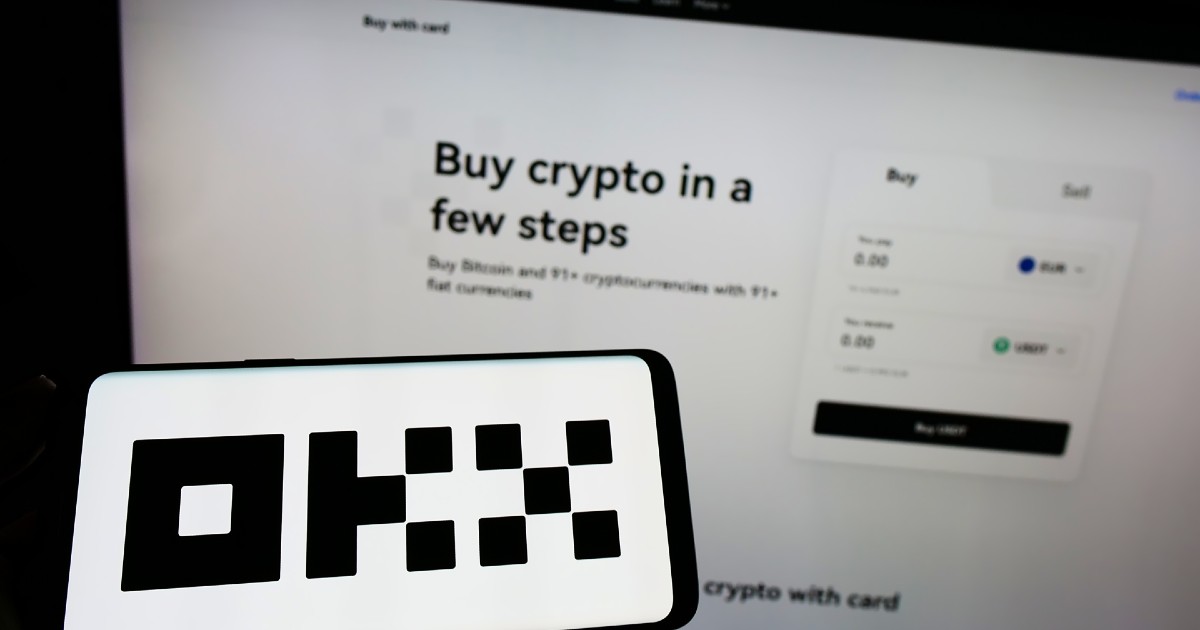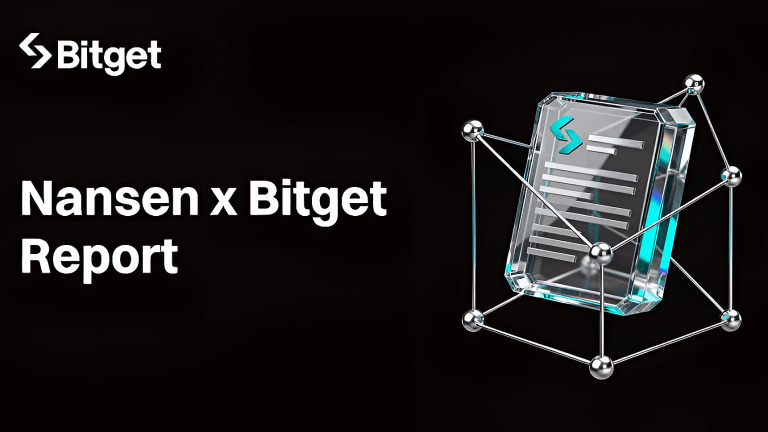
Crypto-backed mortgages allow you to secure a home loan using cryptocurrency as collateral. You can invest in real estate while holding your crypto.
Crypto-backed mortgages are a kind of loan where borrowers use their cryptocurrency holdings, such as Bitcoin (BTC) or Ether (ETH), as collateral to secure financing for real estate purchases. This approach allows you to access funds without selling your digital assets. By retaining crypto ownership, borrowers can still benefit from future price increases.
There are various types of crypto-backed mortgages: purchase mortgages, cash-out refinancing and bridge loans.

You can get bonuses upto $100 FREE BONUS when you:
💰 Install these recommended apps:
💲 SocialGood - 100% Crypto Back on Everyday Shopping
💲 xPortal - The DeFi For The Next Billion
💲 CryptoTab Browser - Lightweight, fast, and ready to mine!
💰 Register on these recommended exchanges:
🟡 Binance🟡 Bitfinex🟡 Bitmart🟡 Bittrex🟡 Bitget
🟡 CoinEx🟡 Crypto.com🟡 Gate.io🟡 Huobi🟡 Kucoin.









Comments